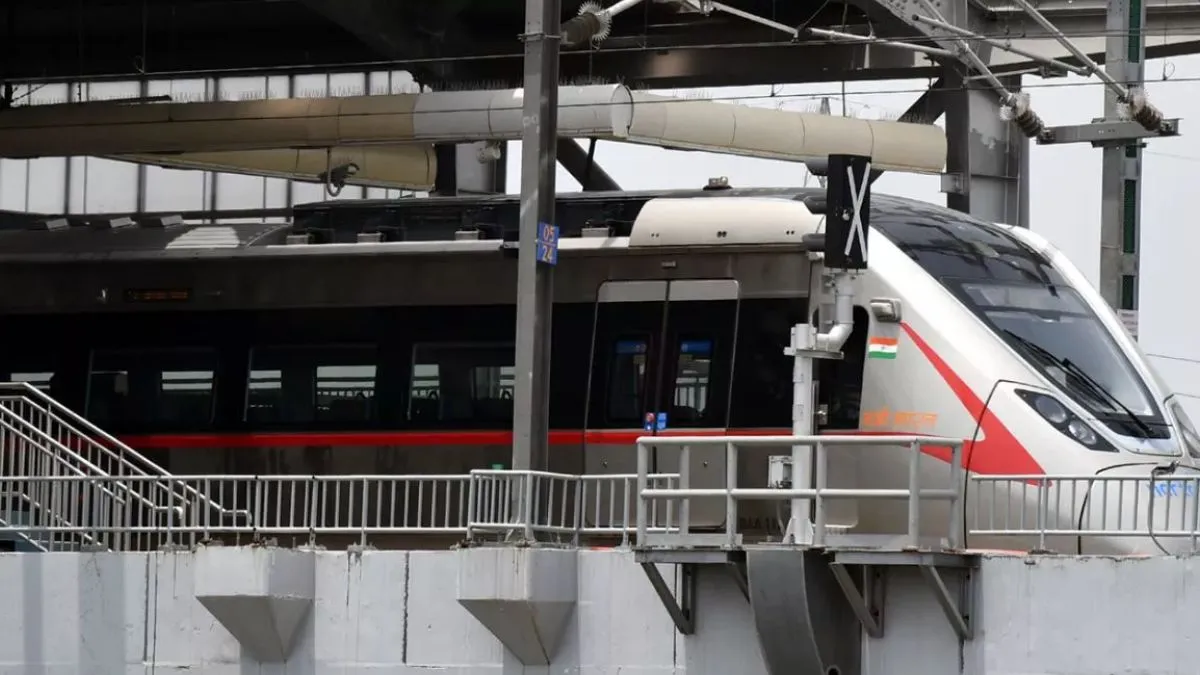- By Aditya Jha
- Sun, 22 Jun 2025 03:17 PM (IST)
- Source:JND
Namo Bharat Train Update: The National Capital Region Transport Corporation (NCRTC) on Saturday stated that the frequency of operation of the Namo Bharat train at New Ashok Nagar and Anand Vihar stations is likely to be increased in two weeks. The response from the authority came after several passengers complained after the frequency was reduced to half an hour from fifteen minutes. The NCRTC had emphasised that the schedule was changed due to the maintenance work. However, the passengers have been facing inconveniences as the waiting period between the two trains has increased, reported Jagran.Com.
While providing details, the authority stated that the maintenance work between two stations is likely to continue for the next 15 days. It further advised the passengers to follow the guidelines and plan their travel accordingly to avoid any inconveniences. While the NCRTC officials did not provide details of the maintenance work on these stations, the reports suggest that the works are being carried out to improve the facilities and connectivity.
ALSO READ: Iran-Israel War LIVE Updates: 86 Injured As Tehran Attacks Tel Aviv; Iran Denies Radiation Leak
Earlier on Saturday, several passengers stated that they have to wait longer for the trains, adding that the scorching heat has made the situation tougher. "I work in an institute in Noida adjacent to New Ashok Nagar. There is a problem due to the increase in the interval of operation of the Namo Bharat Train," one of the passengers was quoted as saying by Jagran.Com.
"There has been a lot of trouble for the last 10 days. We have to wait for half an hour for the train. Whatever maintenance work is going on, it should be completed soon," another passenger stated.
ALSO READ: Chennai Power Cut: TANGEDCO Schedules Two-Day Power Outages This Week; Check Dates, Affected Areas
The operation on New Ashok Nagar and Anand Vihar stations began on June 5 this year, providing a major relief to the residents of these regions by significantly cutting the travel time and reducing traffic congestion.

